PRINTER_CONFIG_TEXT_ENTRY_VER 3
IsFactoryDefault: 1
Config_Name: “Microlay DentalFab”
Firmware: “B9C1_2_0.hex”
ProjectorResX: 1920
ProjectorResY: 1080
PixelSizeMicrons: 56
BuildTableSizeX: 104.8
BuildTableSizeY: 93.6
ReleaseStrokeMM: 114.3
VerticalBuildSpace: 208.2
ProjectionCenterOffsetX: 0
ProjectionCenterOffsetY: -14.6
MinZStepMM: 0.005
StepsPerMin: 36000
ShutterMinTime: 500
ShutterMaxTime: 5000
LampWattage: 280
LampHalfLife: 3000
FStopMultiplier: 1
UVFactor: 1.0
UVOffset: 0.0
XFactor: 0
YFactor: 0
ZFactor: 1.11
VatArea: 29839
VatMaxZDelta: 12
PreCD: 3.0
PostCD: 0.2
PostRD: 1.0
SCS: 60
SOS: 70
PL: 0.3
OLC: 1.5
OL1: 3
OL2: 0.5
DIP: 0
DYNAMICVAT: 0
Print1: “//B9StaticLookup: B9PRINTERCONFIGSTEPSTRING_P1”
Print2: “//B9StaticLookup: B9PRINTERCONFIGSTEPSTRING_P2”
Print3: “//B9StaticLookup: B9PRINTERCONFIGSTEPSTRING_P3”
Print4: “//B9StaticLookup: B9PRINTERCONFIGSTEPSTRING_P4”
Print5: “//B9StaticLookup: B9PRINTERCONFIGSTEPSTRING_P5”
NumberOfPrinterSpecSettings: 12
PSS_Name: “//B9StaticLookup: B9PRINTERCONFIGPPS_01_NAME”
PSS_Description: “//B9StaticLookup: B9PRINTERCONFIGPPS_01_DESCRIPTION”
PSS_Help: “//B9StaticLookup: B9PRINTERCONFIGPPS_01_HELP”
PSS_GetCMD: “40”
PSS_DefaultValue: 0
PSS_MinValue: 0
PSS_MaxValue: 9999999
PSS_ValueType: 0
PSS_IsEditable: 0
PSS_Name: “//B9StaticLookup: B9PRINTERCONFIGPPS_02_NAME”
PSS_Description: “//B9StaticLookup: B9PRINTERCONFIGPPS_02_DESCRIPTION”
PSS_Help: “//B9StaticLookup: B9PRINTERCONFIGPPS_02_HELP”
PSS_GetCMD: “13”
PSS_DefaultValue: 0
PSS_MinValue: 0
PSS_MaxValue: 3000
PSS_ValueType: 0
PSS_IsEditable: 0
PSS_Name: “//B9StaticLookup: B9PRINTERCONFIGPPS_03_NAME”
PSS_Description: “//B9StaticLookup: B9PRINTERCONFIGPPS_03_DESCRIPTION”
PSS_Help: “//B9StaticLookup: B9PRINTERCONFIGPPS_03_HELP”
PSS_GetCMD: “17”
PSS_DefaultValue: 0
PSS_MinValue: -1000
PSS_MaxValue: 1000
PSS_ValueType: 3
PSS_IsEditable: 1
PSS_Name: “//B9StaticLookup: B9PRINTERCONFIGPPS_04_NAME”
PSS_Description: “//B9StaticLookup: B9PRINTERCONFIGPPS_04_DESCRIPTION”
PSS_Help: “//B9StaticLookup: B9PRINTERCONFIGPPS_04_HELP”
PSS_GetCMD: “18”
PSS_DefaultValue: 0
PSS_MinValue: -1000
PSS_MaxValue: 1000
PSS_ValueType: 3
PSS_IsEditable: 1
PSS_Name: “//B9StaticLookup: B9PRINTERCONFIGPPS_05_NAME”
PSS_Description: “//B9StaticLookup: B9PRINTERCONFIGPPS_05_DESCRIPTION”
PSS_Help: “//B9StaticLookup: B9PRINTERCONFIGPPS_05_HELP”
PSS_GetCMD: “07”
PSS_DefaultValue: 1000
PSS_MinValue: 1
PSS_MaxValue: 100000
PSS_ValueType: 3
PSS_IsEditable: 1
PSS_Name: “//B9StaticLookup: B9PRINTERCONFIGPPS_06_NAME”
PSS_Description: “//B9StaticLookup: B9PRINTERCONFIGPPS_06_DESCRIPTION”
PSS_Help: “//B9StaticLookup: B9PRINTERCONFIGPPS_06_HELP”
PSS_GetCMD: “16”
PSS_DefaultValue: 1000
PSS_MinValue: 100
PSS_MaxValue: 10000
PSS_ValueType: 3
PSS_IsEditable: 1
PSS_Name: “//B9StaticLookup: B9PRINTERCONFIGPPS_07_NAME”
PSS_Description: “//B9StaticLookup: B9PRINTERCONFIGPPS_07_DESCRIPTION”
PSS_Help: “//B9StaticLookup: B9PRINTERCONFIGPPS_07_HELP”
PSS_GetCMD: “14”
PSS_DefaultValue: 100000
PSS_MinValue: 90000
PSS_MaxValue: 110000
PSS_ValueType: 5
PSS_IsEditable: 1
PSS_Name: “//B9StaticLookup: B9PRINTERCONFIGPPS_08_NAME”
PSS_Description: “//B9StaticLookup: B9PRINTERCONFIGPPS_08_DESCRIPTION”
PSS_Help: “//B9StaticLookup: B9PRINTERCONFIGPPS_08_HELP”
PSS_GetCMD: “15”
PSS_DefaultValue: 100000
PSS_MinValue: 90000
PSS_MaxValue: 110000
PSS_ValueType: 5
PSS_IsEditable: 1
PSS_Name: “//B9StaticLookup: B9PRINTERCONFIGPPS_09_NAME”
PSS_Description: “//B9StaticLookup: B9PRINTERCONFIGPPS_09_DESCRIPTION”
PSS_Help: “//B9StaticLookup: B9PRINTERCONFIGPPS_09_HELP”
PSS_GetCMD: “08”
PSS_DefaultValue: 0
PSS_MinValue: 0
PSS_MaxValue: 80
PSS_ValueType: -1
PSS_IsEditable: 1
PSS_Name: “//B9StaticLookup: B9PRINTERCONFIGPPS_10_NAME”
PSS_Description: “//B9StaticLookup: B9PRINTERCONFIGPPS_10_DESCRIPTION”
PSS_Help: “//B9StaticLookup: B9PRINTERCONFIGPPS_10_HELP”
PSS_GetCMD: “20”
PSS_DefaultValue: 10400
PSS_MinValue: 0
PSS_MaxValue: 12000
PSS_ValueType: 0
PSS_IsEditable: 1
PSS_Name: “//B9StaticLookup: B9PRINTERCONFIGPPS_11_NAME”
PSS_Description: “//B9StaticLookup: B9PRINTERCONFIGPPS_11_DESCRIPTION”
PSS_Help: “//B9StaticLookup: B9PRINTERCONFIGPPS_11_HELP”
PSS_GetCMD: “21”
PSS_DefaultValue: 4100
PSS_MinValue: 3100
PSS_MaxValue: 4100
PSS_ValueType: 0
PSS_IsEditable: 1
PSS_Name: “//B9StaticLookup: B9PRINTERCONFIGPPS_12_NAME”
PSS_Description: “//B9StaticLookup: B9PRINTERCONFIGPPS_12_DESCRIPTION”
PSS_Help: “//B9StaticLookup: B9PRINTERCONFIGPPS_12_HELP”
PSS_GetCMD: “22”
PSS_DefaultValue: 590
PSS_MinValue: 450
PSS_MaxValue: 590
PSS_ValueType: 0
PSS_IsEditable: 1
NumberOfCalibrations: 4
CalibrationTitle: “//B9StaticLookup: B9PRINTERCONFIGCALIB_01_TITLE”
CalibrationDlgTitle: “//B9StaticLookup: B9PRINTERCONFIGCALIB_01_DLGTITLE”
CalibrationMenu: “//B9StaticLookup: B9PRINTERCONFIGCALIB_01_MENU”
CalibrationInfo: “//B9StaticLookup: B9PRINTERCONFIGCALIB_01_INFO”
CalibrationHelp: “//B9StaticLookup: B9PRINTERCONFIGCALIB_01_HELP”
CalibrationSteps: 18
C: “//B9StaticLookup: B9PRINTERCONFIGCALIB_01_STEP_01”
C: “PA00”
C: “//B9StaticLookup: B9PRINTERCONFIGCALIB_01_STEP_02”
C: “PA0715480”
C: “//B9StaticLookup: B9PRINTERCONFIGCALIB_01_STEP_03”
C: “PA0710400”
C: “//B9StaticLookup: B9PRINTERCONFIGCALIB_01_STEP_04”
C: “PA081”
C: “//B9StaticLookup: B9PRINTERCONFIGCALIB_01_STEP_05”
C: “PA080”
C: “//B9StaticLookup: B9PRINTERCONFIGCALIB_01_STEP_06”
C: “//B9StaticLookup: B9PRINTERCONFIGCALIB_01_STEP_06_NOTE”
C: “//B9StaticLookup: B9PRINTERCONFIGCALIB_01_STEP_07”
C: “PA081”
C: “PA061”
C: “D30”
C: “//B9StaticLookup: B9PRINTERCONFIGCALIB_01_STEP_08”
C: “PA060”
CalibrationTitle: “//B9StaticLookup: B9PRINTERCONFIGCALIB_02_TITLE”
CalibrationDlgTitle: “//B9StaticLookup: B9PRINTERCONFIGCALIB_02_DLGTITLE”
CalibrationMenu: “//B9StaticLookup: B9PRINTERCONFIGCALIB_02_MENU”
CalibrationInfo: “//B9StaticLookup: B9PRINTERCONFIGCALIB_02_INFO”
CalibrationHelp: “//B9StaticLookup: B9PRINTERCONFIGCALIB_02_STEP_08”
CalibrationSteps: 12
C: “//B9StaticLookup: B9PRINTERCONFIGCALIB_02_STEP_01”
C: “//B9StaticLookup: B9PRINTERCONFIGCALIB_02_STEP_02”
C: “//B9StaticLookup: B9PRINTERCONFIGCALIB_02_STEP_03”
C: “PA00”
C: “//B9StaticLookup: B9PRINTERCONFIGCALIB_02_STEP_04”
C: “PA081”
C: “PA07”
C: “//B9StaticLookup: B9PRINTERCONFIGCALIB_02_STEP_05”
C: “//B9StaticLookup: B9PRINTERCONFIGCALIB_02_STEP_06”
C: “//B9StaticLookup: B9PRINTERCONFIGCALIB_02_STEP_07”
C: “PA0710400”
C: “//B9StaticLookup: B9PRINTERCONFIGCALIB_02_STEP_08”
CalibrationTitle: “//B9StaticLookup: B9PRINTERCONFIGCALIB_03_TITLE_V120_30”
CalibrationDlgTitle: “//B9StaticLookup: B9PRINTERCONFIGCALIB_03_DLGTITLE”
CalibrationMenu: “//B9StaticLookup: B9PRINTERCONFIGCALIB_03_MENU”
CalibrationInfo: “//B9StaticLookup: B9PRINTERCONFIGCALIB_03_INFO”
CalibrationHelp: “//B9StaticLookup: B9PRINTERCONFIGCALIB_03_STEP_07”
CalibrationSteps: 13
C: “//B9StaticLookup: B9PRINTERCONFIGCALIB_03_STEP_01”
C: “//B9StaticLookup: B9PRINTERCONFIGCALIB_03_STEP_02”
C: “//B9StaticLookup: B9PRINTERCONFIGCALIB_03_STEP_03”
C: “//B9StaticLookup: B9PRINTERCONFIGCALIB_03_STEP_04”
C: “PA080”
C: “PA061”
C: “PA062”
C: “D30”
C: “PA081”
C: “//B9StaticLookup: B9PRINTERCONFIGCALIB_03_STEP_05”
C: “//B9StaticLookup: B9PRINTERCONFIGCALIB_03_STEP_06”
C: “//B9StaticLookup: B9PRINTERCONFIGCALIB_03_STEP_07”
C: “PA060”
CalibrationTitle: “//B9StaticLookup: B9PRINTERCONFIGCALIB_04_TITLE”
CalibrationDlgTitle: “//B9StaticLookup: B9PRINTERCONFIGCALIB_04_DLGTITLE”
CalibrationMenu: “//B9StaticLookup: B9PRINTERCONFIGCALIB_04_MENU”
CalibrationInfo: “//B9StaticLookup: B9PRINTERCONFIGCALIB_04_INFO”
CalibrationHelp: “//B9StaticLookup: B9PRINTERCONFIGCALIB_04_STEP_04”
CalibrationSteps: 9
C: “//B9StaticLookup: B9PRINTERCONFIGCALIB_04_STEP_01”
C: “//B9StaticLookup: B9PRINTERCONFIGCALIB_04_STEP_02”
C: “//B9StaticLookup: B9PRINTERCONFIGCALIB_04_STEP_03”
C: “PA080”
C: “PA061”
C: “D50”
C: “//B9StaticLookup: B9PRINTERCONFIGCALIB_04_STEP_04”
C: “PA09”
C: "PA060"
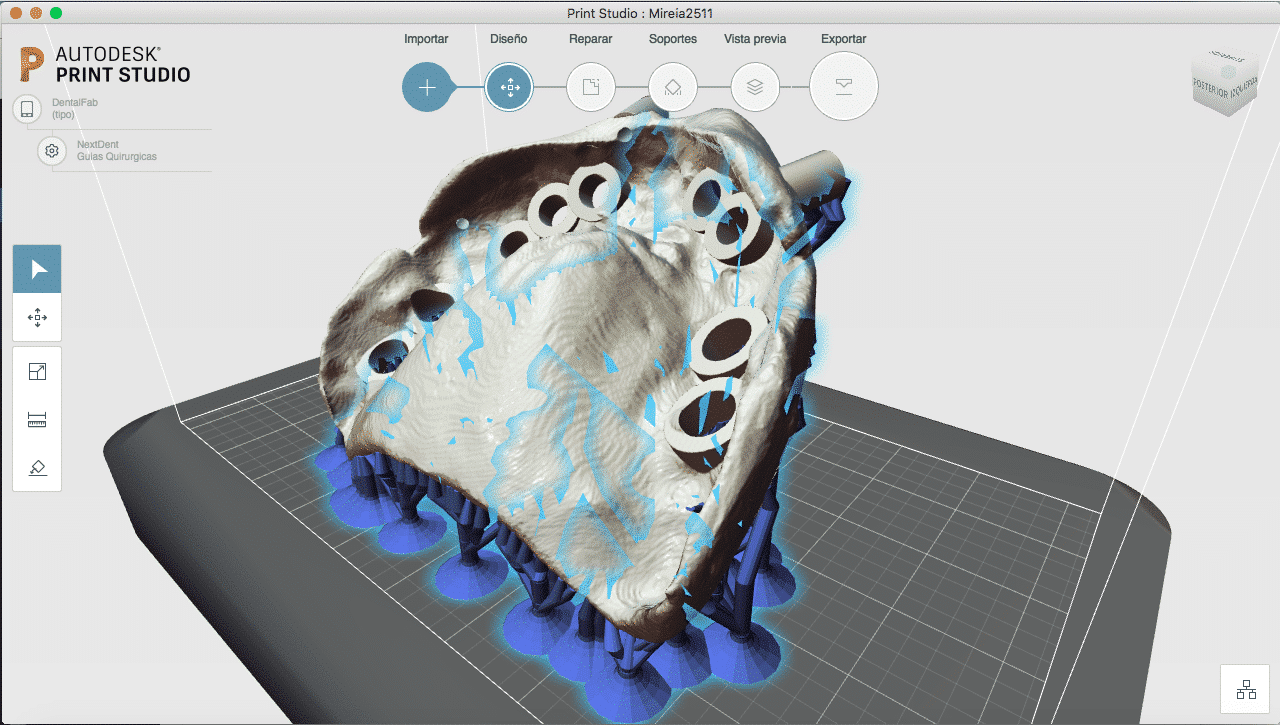

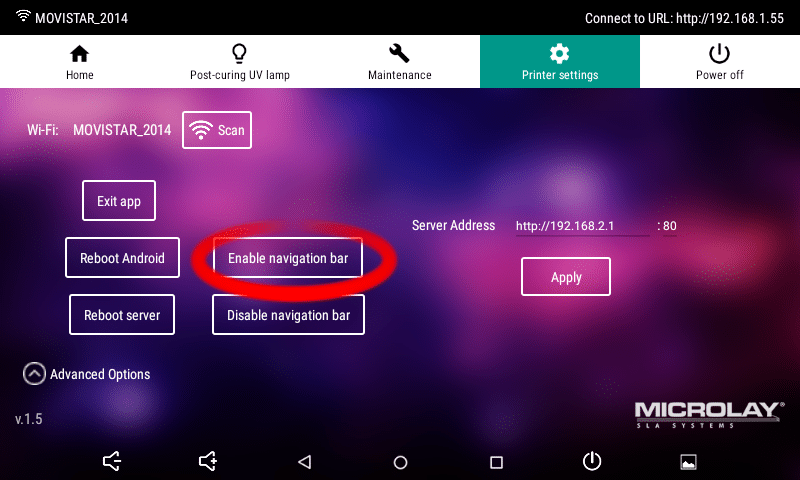
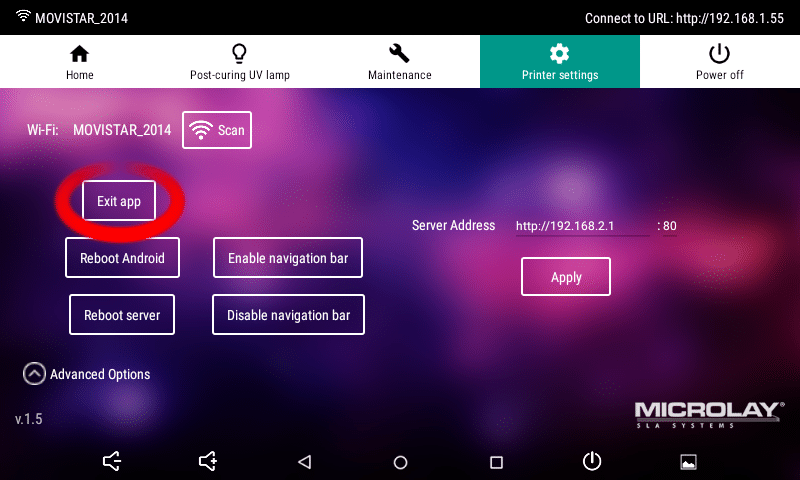



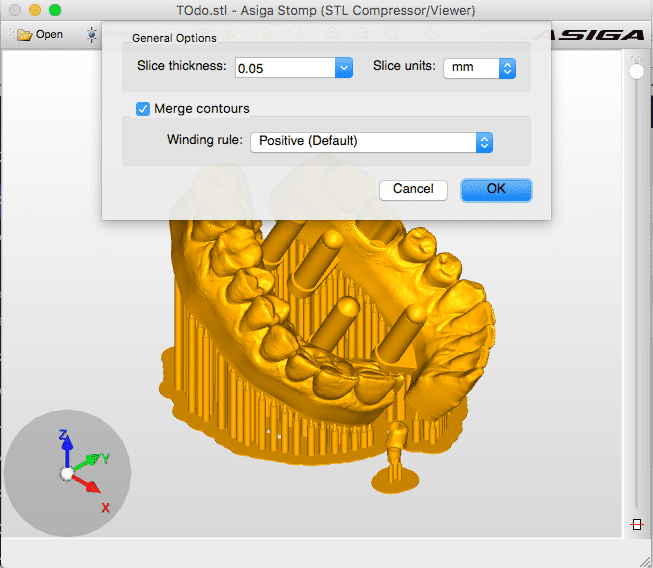

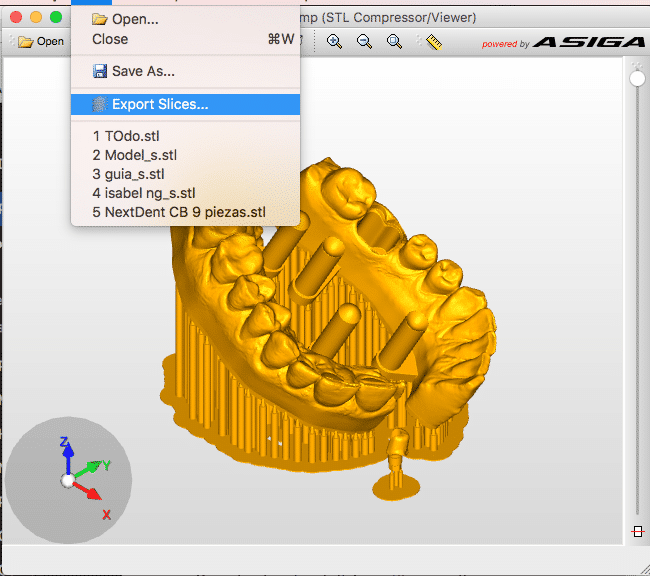




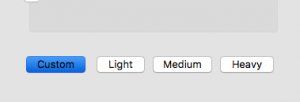
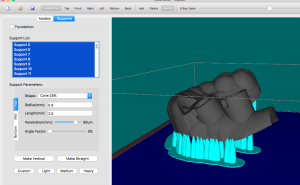
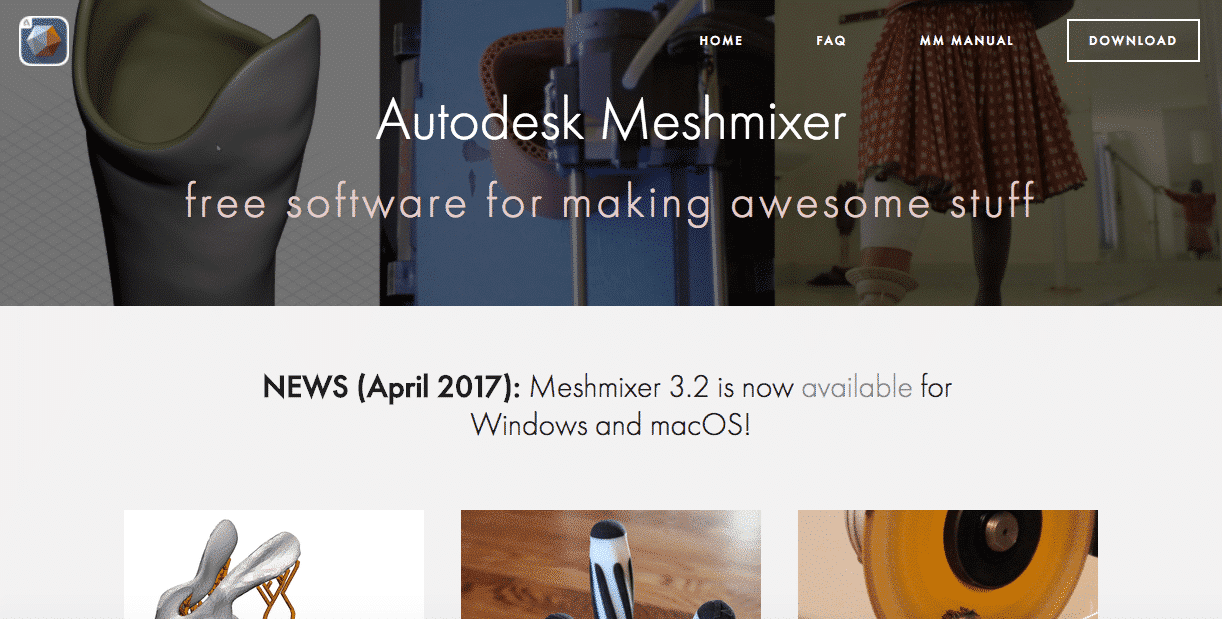
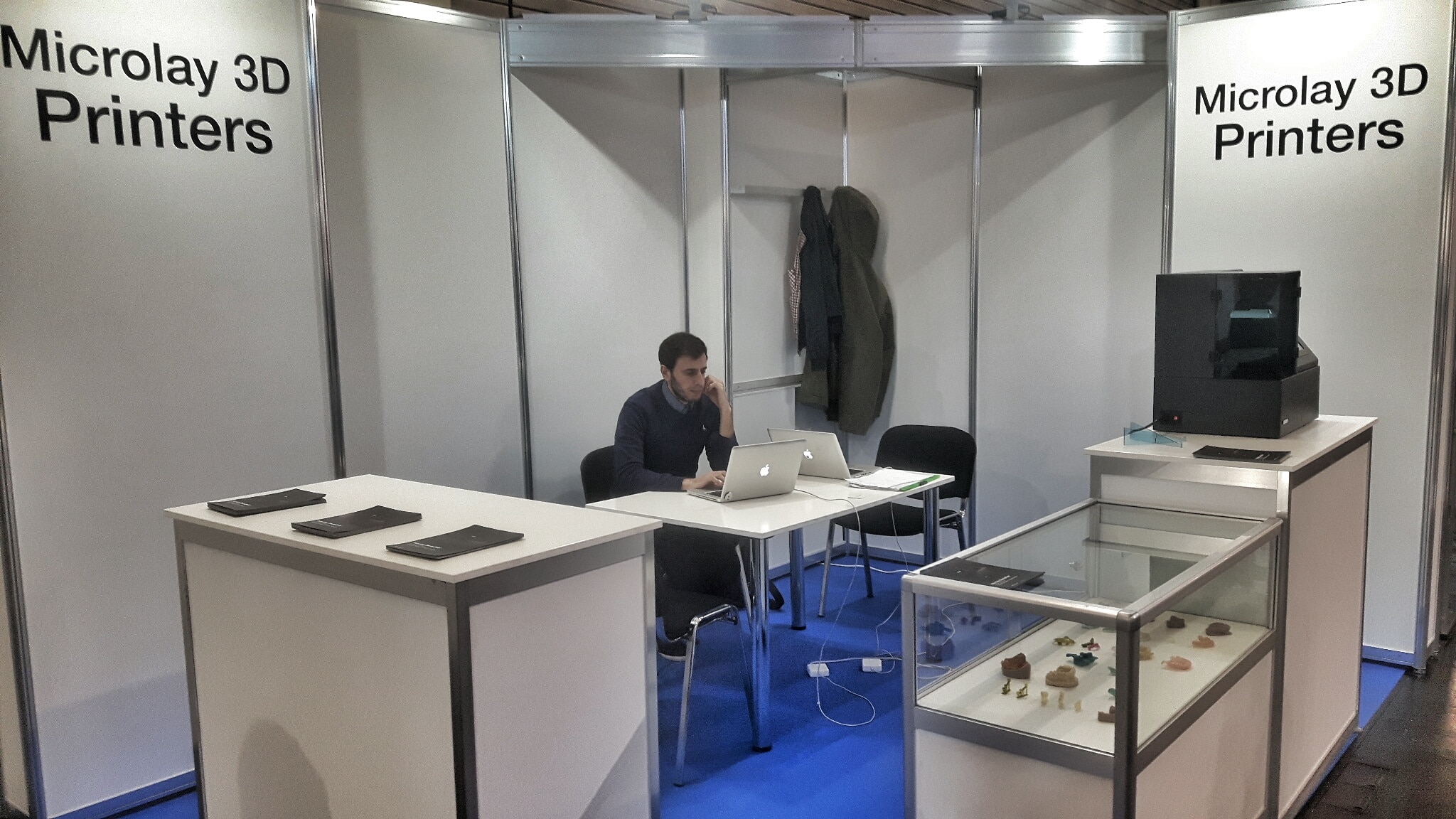

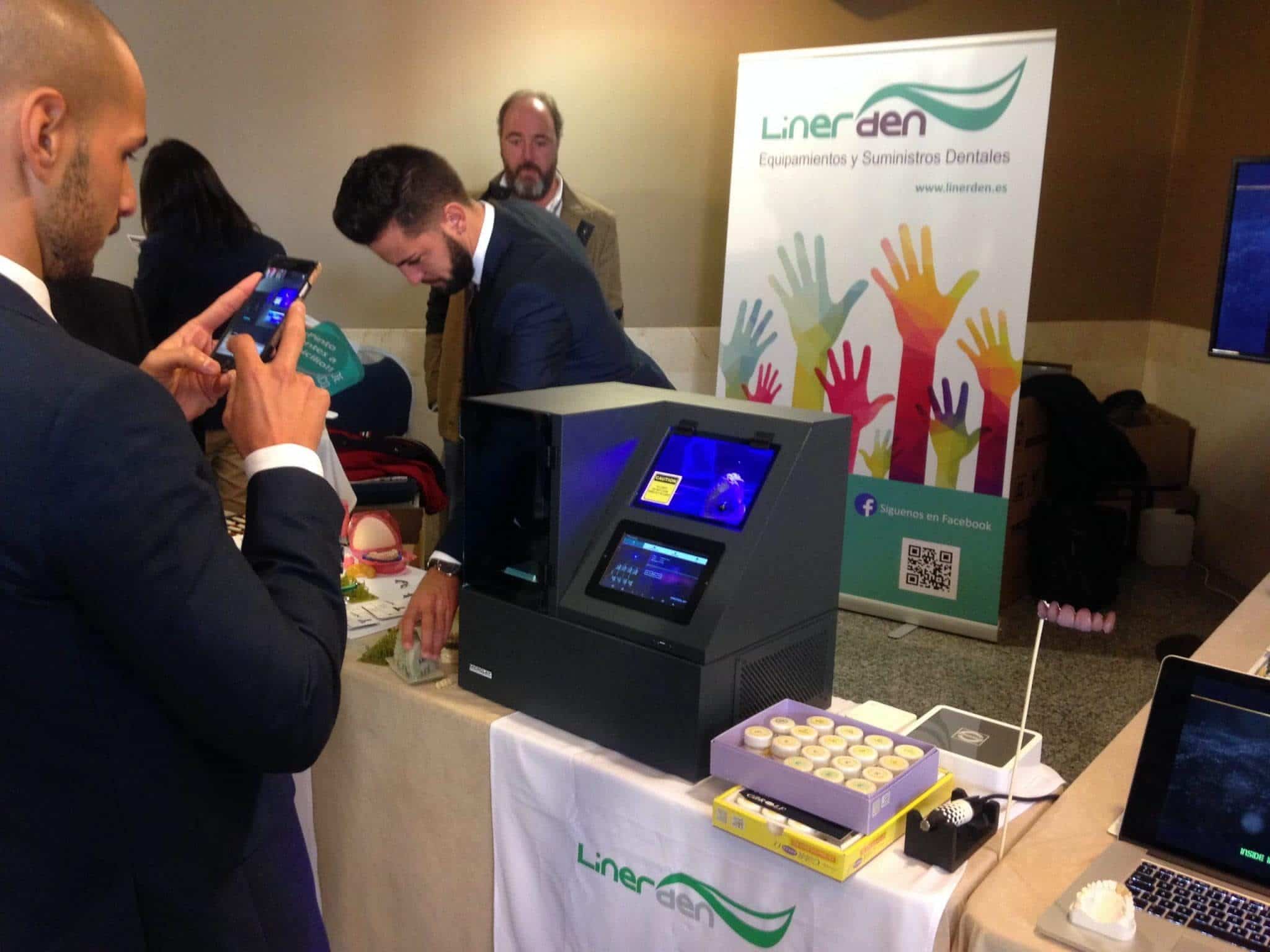






Recent Comments